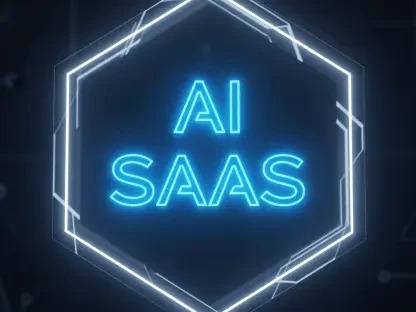Imagine navigating the complexities of modern cybersecurity without a robust ally. For many enterprises, particularly in critical sectors like healthcare, the landscape is a labyrinth fraught with perilous challenges. The collaboration between Clearwater and Google Cloud introduces an essential technology: Google Cloud Threat Intelligence. As cyber threats evolve in sophistication, the need for innovative solutions to safeguard sensitive information has never been more pressing.
Analysis of Core Features
Real-Time Threat Enrichment
Central to Google Cloud Threat Intelligence is its real-time threat enrichment capability. This feature provides organizations with timely insights that transform raw data into valuable intelligence. By analyzing patterns and behaviors as they appear, this tool enables proactive threat management, significantly reducing detection and response times. Such immediacy is critical, as it empowers cybersecurity professionals to act swiftly, mitigating potential damage before it escalates.
Advanced Threat Hunting Techniques
The suite’s advanced threat hunting methodologies break new ground in identifying and neutralizing threats. By employing sophisticated algorithms and machine learning, Google Cloud Threat Intelligence offers a nuanced understanding of emerging threats. This depth of analysis allows for precise threat detection and an adaptive response strategy. These techniques place it ahead of traditional systems, making it indispensable for sectors with high-security stakes.
Healthcare-Specific Intelligence
A critical component of Google Cloud Threat Intelligence is its healthcare-specific intelligence. Given the sensitive nature of Protected Health Information (PHI) and Personally Identifiable Information (PII), tailored measures are vital. This feature ensures compliance with regulatory standards such as HIPAA while focusing on enhancing patient safety and data integrity. By customizing its approach to healthcare demands, Google Cloud sets a precedent in sector-specific threat protection.
Recent Innovations and Trends
In the ever-evolving field of cybersecurity, Google Cloud Threat Intelligence remains at the forefront by embracing new innovations. Recent trends highlight an increased focus on integrating AI and machine learning to predict and preempt potential security breaches. This evolution not only reflects advancements in the technological landscape but also signifies a shift in how cybersecurity strategies are devised and implemented.
Applications and Use Cases
The practical applications of Google Cloud Threat Intelligence are extensive. In the healthcare sector, it is instrumental in protecting sensitive patient data from unauthorized access and breaches. The defense industry also capitalizes on its advanced threat detection capabilities, safeguarding national security information. These use cases exemplify its versatility and essential role in sectoral cybersecurity solutions.
Challenges and Limitations
Despite its strengths, Google Cloud Threat Intelligence is not without challenges. One significant hurdle is the complex nature of integrating such advanced tools into existing systems. This complexity can lead to potential lags in adoption. Additionally, there are regulatory obstacles that require constant updating to align with evolving compliance standards. Addressing these challenges is critical to maximizing the tool’s potential.
Future Prospects
Looking ahead, the trajectory for Google Cloud Threat Intelligence appears promising. Potential breakthroughs in AI integration and the continued development of automated threat response systems are poised to redefine cybersecurity paradigms. These advancements could lead to increased efficiency and a broader scope of threat coverage. As such, the future holds potential for heightened security resilience across various industries.
Verdict
Throughout the analysis, Google Cloud Threat Intelligence emerged as a formidable force in bolstering cybersecurity defenses. Its real-time threat enrichment and healthcare-specific applications demonstrate significant enhancements in proactive threat management. While challenges persist, its evolving features and strong sectoral applications suggest a positive future trajectory. This technology is decidedly a critical ally in the fight against cyber threats, providing both assurance and adaptability in a complex digital era.









